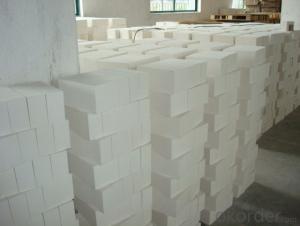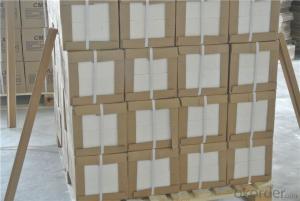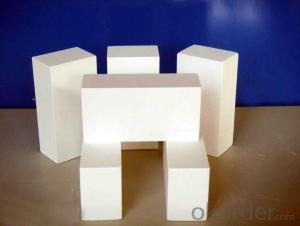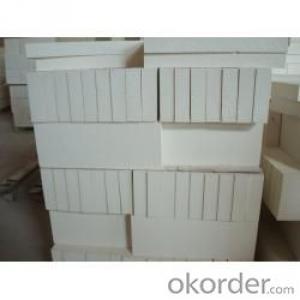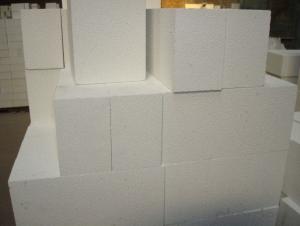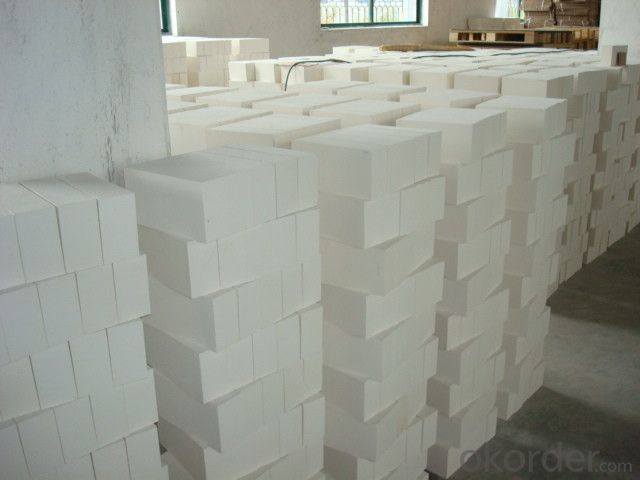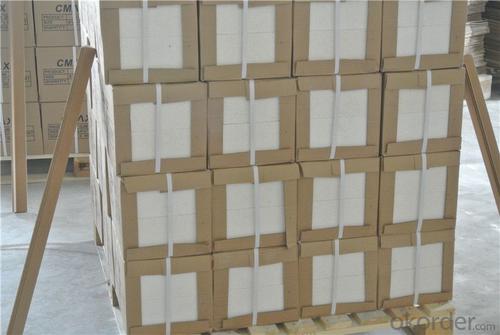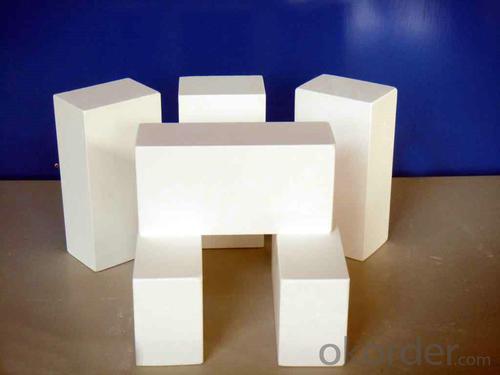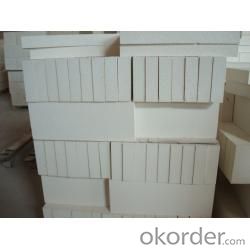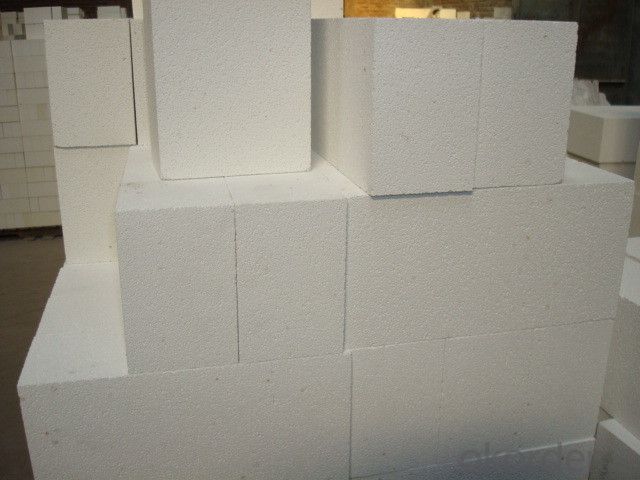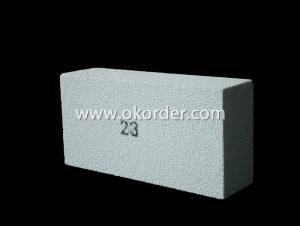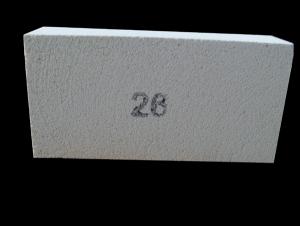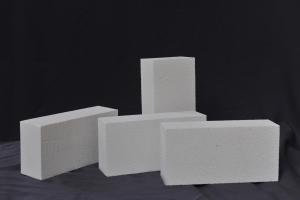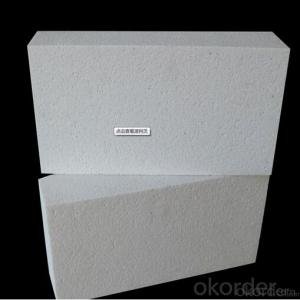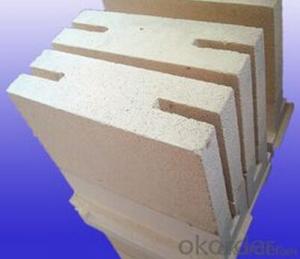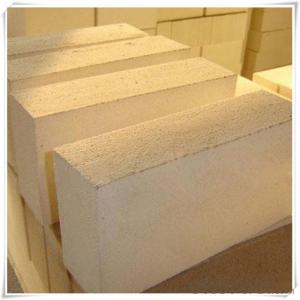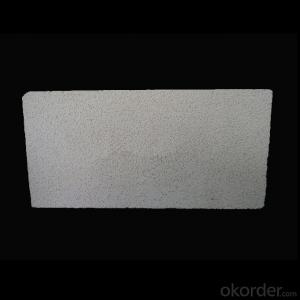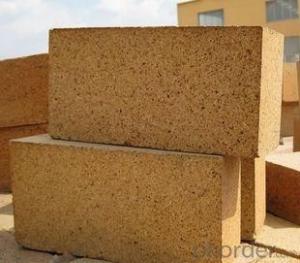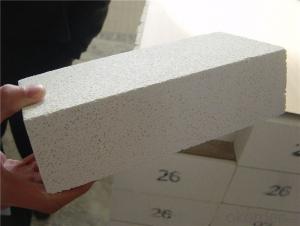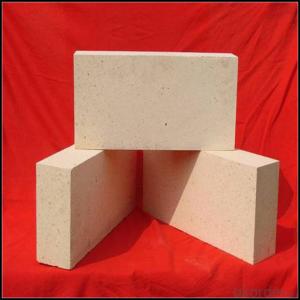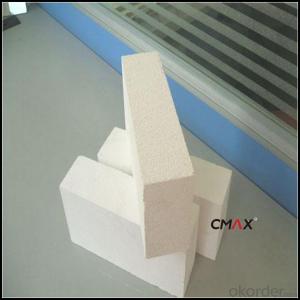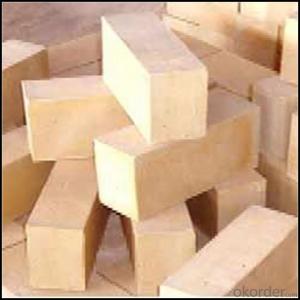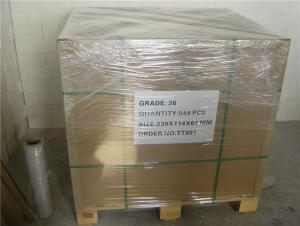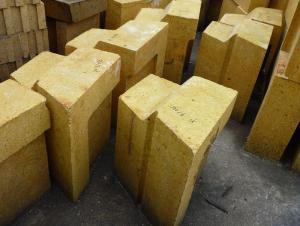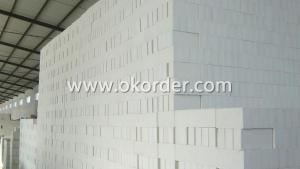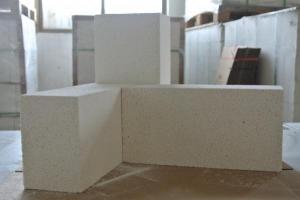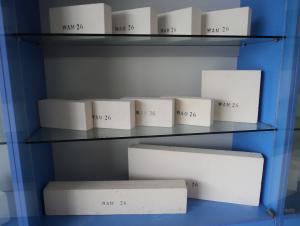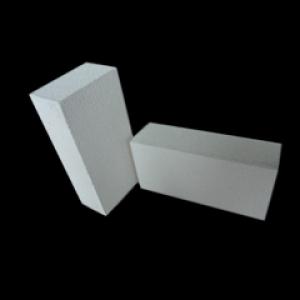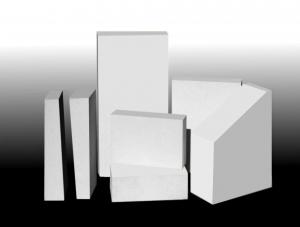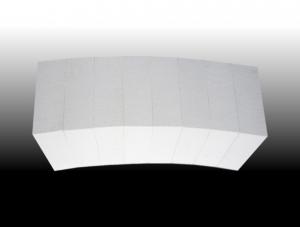Standard Size Fire Bricks In Refractory Materials for Foundry Industry
- Loading Port:
- Qingdao
- Payment Terms:
- TT OR LC
- Min Order Qty:
- 1 m.t.
- Supply Capability:
- 1000 m.t./month
OKorder Service Pledge
OKorder Financial Service
You Might Also Like
Thermal Insulation Fire Clay Brick
Refractory brick is a block of refractory ceramic material used in lining furnaces, kilns, fireboxes, and fireplaces.
We provide high quality Refractory Fire Bricks that are used on wide range in the various industries like Cement, Glass and Steel. Refractory Fire Bricks are provided as per the quantity and specifications required by the customers. We provide an extensive range of Refractory Fire Bricks at reasonable prices that depend upon the quantity ordered.
Application
Insulating Fire Brick are used for the lining of converter, alternating current arc furnace, direct Current arc furnace and the ladle slag line, etc.
Company Advantage
(1)Long Insulating Fire Brick manufacture history: 25 years manufacturer
(2)Advanced equipment
(3)Diversification of production standards: ISO ANSI FEPA JIS ASTM
(4)Professional marketing team and after-sale service
Insulating Fire Brick main feature:
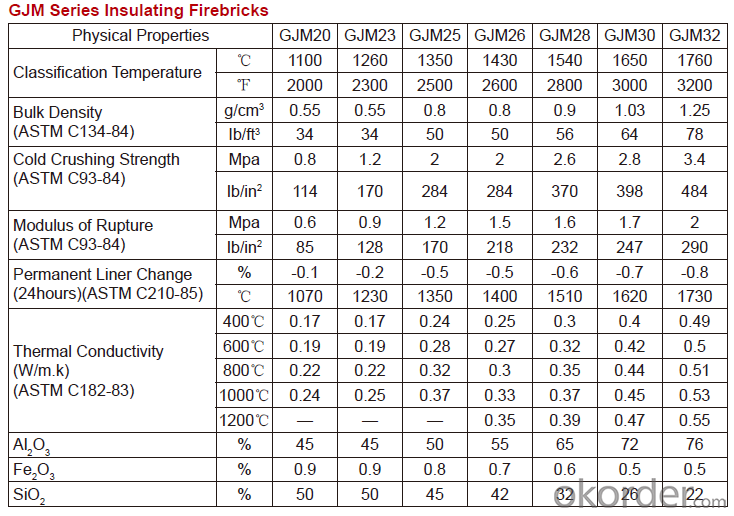
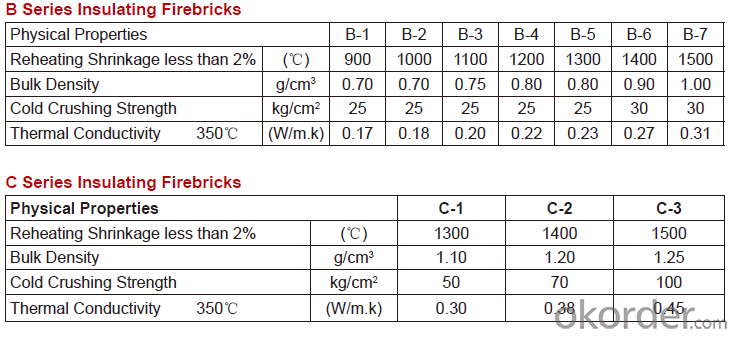
Equipment
1 unit of Ceramic Abrasive (SG Abrasive) pilot production line
2 units of Compact grain Abrasive pilot production lines
1 unit of high-end coated abrasives (abrasive cloth) production line
2 units of Boron Carbide production lines
Q1 What’s the transport method?
A1 FCL delivery goods with wooden pallet or wooden case by sea; If LCL delivery, must with wooden case; Sometimes need open top, flat rack or bulk cargo.
Q2 What’s the required payment term?
A2 Generally 30% TT as the prepayment, 70% TT before delivery. If need, 100% Irrevocable Letter of Credit or negotiation.
Q3 Which country are our products exported to?
A3 Apart from entire Chinese market, the US, Russia, Japan, Korea, Australia and some Southeast Asian Nations.
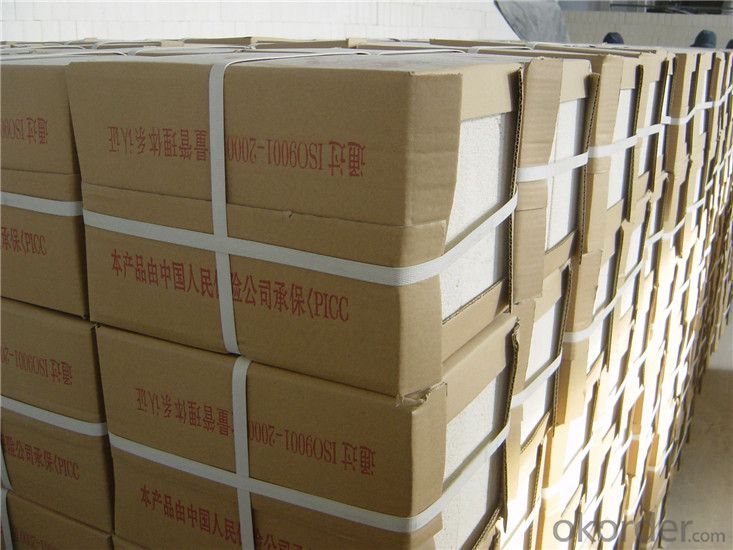
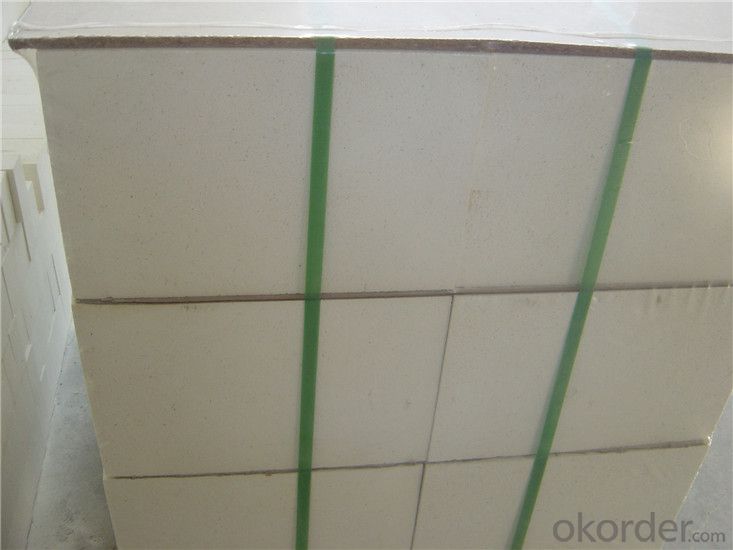
- Q: Are insulating fire bricks resistant to molten salts?
- Yes, insulating fire bricks are generally resistant to molten salts. These bricks are specifically designed to withstand high temperatures and offer excellent thermal insulation. They are often made from special refractory materials that have a high melting point and are chemically inert. Molten salts, on the other hand, are highly corrosive and can cause damage to many materials. However, insulating fire bricks are able to withstand the corrosive nature of molten salts due to their unique composition. Their dense structure and high refractory properties allow them to resist the corrosive effects of molten salts for prolonged periods. Furthermore, insulating fire bricks are often used in industries such as metal smelting, glass manufacturing, and chemical processing, where molten salts are commonly encountered. Their resistance to molten salts makes them ideal for applications involving these corrosive substances. However, it is important to note that the exact resistance of insulating fire bricks to molten salts can vary depending on the specific composition of the brick and the type of molten salt being used. Therefore, it is recommended to consult with the manufacturer or a specialist in refractory materials to ensure the suitability of insulating fire bricks for a particular application involving molten salts.
- Q: How do insulating fire bricks affect the overall insulation properties of a structure?
- Insulating fire bricks greatly enhance the insulation properties of a structure due to their low thermal conductivity. These bricks effectively minimize heat transfer and prevent the escape of heat, resulting in improved energy efficiency and reduced heating costs. Additionally, their high resistance to heat and excellent thermal stability contribute to maintaining a consistent and comfortable indoor temperature.
- Q: Can insulating fire bricks be used in chimneys?
- Yes, insulating fire bricks can be used in chimneys. Insulating fire bricks are designed to withstand high temperatures, making them an ideal choice for lining chimneys. They have excellent thermal insulation properties, which help to prevent heat loss and increase the efficiency of the chimney. Additionally, insulating fire bricks are lightweight and easy to install, making them a convenient option for chimney lining. However, it is important to note that insulating fire bricks are not suitable for all types of chimneys. It is recommended to consult a professional or chimney specialist to determine the appropriate materials for your specific chimney needs.
- Q: Can insulating fire bricks be used in the construction of lime recovery kilns?
- Yes, insulating fire bricks can be used in the construction of lime recovery kilns. These bricks are designed to withstand high temperatures and provide excellent thermal insulation, making them suitable for such applications. They help to conserve energy and maintain the desired temperature within the kiln, enhancing the efficiency of the lime recovery process.
- Q: Are insulating fire bricks resistant to reducing atmospheres?
- Yes, insulating fire bricks are resistant to reducing atmospheres.
- Q: Are insulating fire bricks suitable for use in the construction of smelters?
- Yes, insulating fire bricks are suitable for use in the construction of smelters. Insulating fire bricks are designed to withstand high temperatures and provide excellent insulation properties, making them ideal for applications such as smelters. They have low thermal conductivity, meaning they can effectively retain heat and reduce energy loss during the smelting process. Additionally, insulating fire bricks are resistant to thermal shock, which is crucial in smelting operations where rapid temperature changes are common. Their high heat resistance and insulation capabilities make insulating fire bricks a reliable choice for constructing smelters.
- Q: Can insulating fire bricks be used in the construction of regenerators?
- Yes, insulating fire bricks can be used in the construction of regenerators. Regenerators are devices commonly used in industrial processes, such as glass manufacturing and metallurgy, to recover and reuse waste heat. Insulating fire bricks are designed to have low thermal conductivity, making them an excellent choice for insulating applications. By using insulating fire bricks in the construction of regenerators, heat loss can be minimized, leading to more efficient heat recovery and energy savings. Additionally, these bricks can withstand high temperatures, making them suitable for the harsh operating conditions typically found in regenerators. Overall, insulating fire bricks are a reliable and effective choice for the construction of regenerators.
- Q: Clay insulation bricks insulation, brick and ordinary clay brick, fireclay, brick distinction, and its use? Thank you
- Thermal insulation brick is a new type of energy-saving building insulation technology with inorganic composite material as the main material. It is an ideal technology to replace the traditional wall insulation.
- Q: Can insulating fire bricks be used in fertilizer plants?
- Yes, insulating fire bricks can be used in fertilizer plants. They are commonly used in high-temperature applications, such as kilns and furnaces, to provide thermal insulation and protect against heat loss. In fertilizer plants, where various processes involve high temperatures, insulating fire bricks can be utilized to enhance energy efficiency and maintain optimal temperature conditions.
- Q: Can insulating fire bricks be used for kiln furniture?
- Yes, insulating fire bricks can be used for kiln furniture. Insulating fire bricks are designed to withstand high temperatures and are commonly used in industrial kilns and furnaces. They have excellent thermal insulation properties, which makes them ideal for creating kiln furniture such as shelves, posts, and supports. The insulating properties of these bricks help to distribute heat evenly throughout the kiln, ensuring that the items being fired are heated consistently. Additionally, insulating fire bricks are lightweight and easy to handle, making them a convenient choice for kiln furniture.
Send your message to us
Standard Size Fire Bricks In Refractory Materials for Foundry Industry
- Loading Port:
- Qingdao
- Payment Terms:
- TT OR LC
- Min Order Qty:
- 1 m.t.
- Supply Capability:
- 1000 m.t./month
OKorder Service Pledge
OKorder Financial Service
Similar products
Hot products
Hot Searches
Related keywords
